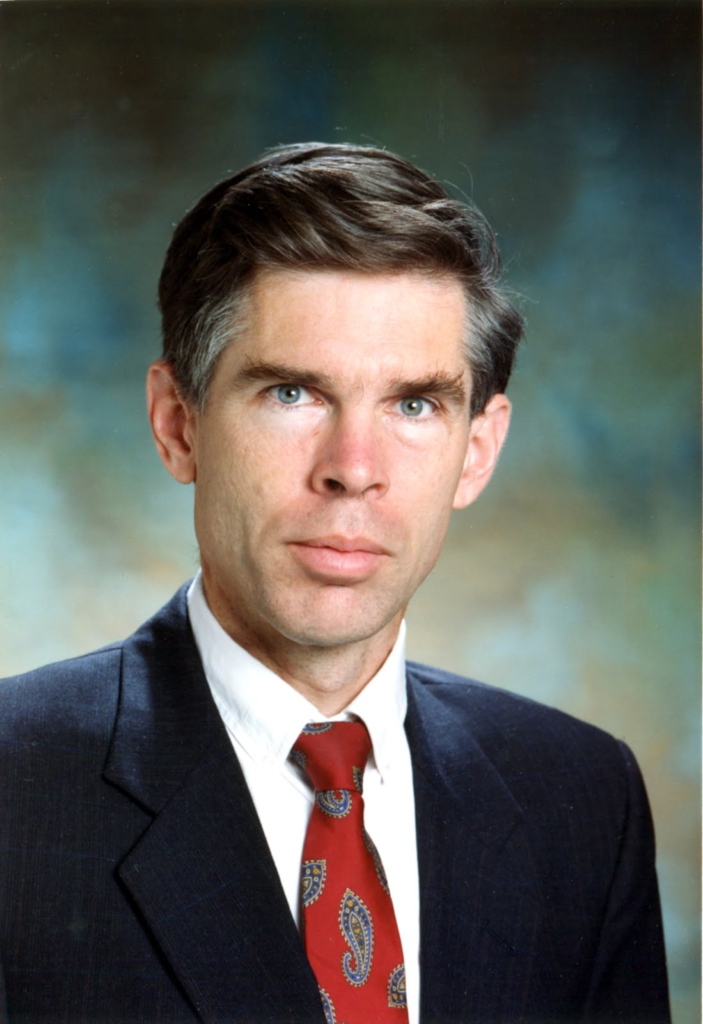Heretics in Paleontology
The American paleontologist of Harvard, Stefen Jay Gould:

[Stephen Jay Gould (/ɡuːld/; September 10, 1941 – May 20, 2002) was an American paleontologist, evolutionary biologist, and historian of science. He was one of the most influential and widely read authors of popular science of his generation. Gould spent most of his career teaching at Harvard University and working at the American Museum of Natural History in New York. In 1996, Gould was hired as the Vincent Astor Visiting Research Professor of Biology at New York University, after which he divided his time teaching between there and Harvard.]
was one of the first to question Darwinism and proposes an evolution by successive leaps (starting from the study of trilobites and the absence of the different missing links, among other things).
The Belgian Zoologist scientist Bernard Heuvelmans and Franco-German ichthyologist François de Sarre:

are the proponents of the theory of the “Bipédie Initiale”.
It wouldn’t be Man who is descended from the ape, but the ape who descended from Man.
French Science “Heretics” – Library of Rickandria
Ed Conrad:

and all those who, like him, discovered impossible fossils that upset the established order of paleontology.
- psychoceramics: Ed Conrad and the fossilized phallus (null.org)
- ED CONRAD MAY BE GOING BYE-BYE (narkive.com)
- COLLECTOR: FIND CHANGES EVOLUTION SCIENTISTS: ‘SKULL FOSSIL’ IS QUARTZ – The Morning Call (mcall.com)
Michael Cremo:

[Michael A. Cremo (born July 15, 1948), also known by his devotional name Drutakarmā dāsa, is an American freelance researcher who describes himself as a Vedic creationist and an “alternative archeologist.” He argues that humans have lived on Earth for millions of years. Based on artifacts allegedly found in the Eocene auriferous gravels of Table Mountain, California and discussed in his book Forbidden Archeology, Cremo argues for the existence of modern humans on Earth as early as 30 to 40 million years ago. Forbidden Archeology, which he wrote with Richard L. Thompson, has attracted criticism from mainstream scholars, who describe it as pseudoscientific.]
and
Richard Thompson:

[Richard Leslie Thompson, also known as Sadaputa Dasa (IAST: Sadāpūta Dāsa; February 4, 1947 – September 18, 2008), was an American mathematician, author and Gaudiya Vaishnava religious figure. Historian Meera Nanda described him as a driving intellectual force of ‘Vedic creationism’ as co-author (with Michael Cremo) of Forbidden Archeology: The Hidden History of the Human Race (1993), a work that has attracted significant criticism from the scientific community. Thompson also published several books and articles on the relationship between religion and science, Hindu cosmology and astronomy. He was a member of the International Society for Krishna Consciousness (popularly known as the Hare Krishna movement or ISKCON) and a founding member of the Bhaktivedanta Institute, the branch of ISKCON dedicated to examining the relationship of modern scientific theories to the Vaishnava worldview. In the ‘science and religion’ community he was known for his articulation of ISKCON’s view of science. Danish historian of religion Mikael Rothstein described Thompson as “the single dominating writer on science” in ISKCON whom ISKCON has chosen to “cover the field of science more or less on his own”. C. Mackenzie Brown, professor of religion at Trinity University, San Antonio, Texas, described him as “the leading figure” in ISKCON’s critique of modern science.]
who, with the publication of their monumental work “Forbidden archeology, the hidden history of the human race“, disseminated scientific anomalies to the general public in paleontology and archaeology.
Hidden History of the Human Race – Library of Rickandria
Heresies in Science – Library of Rickandria
